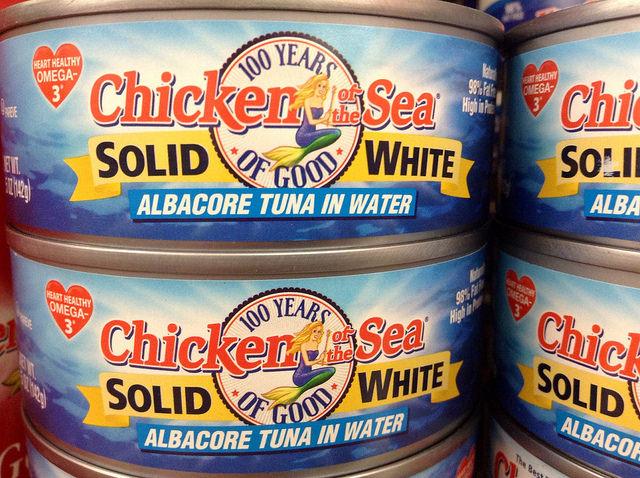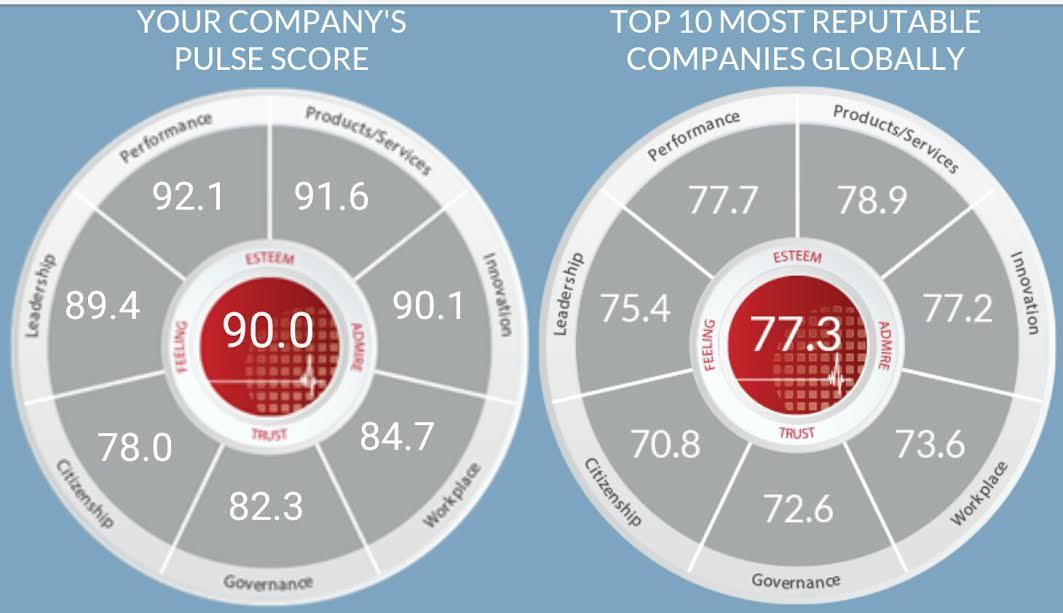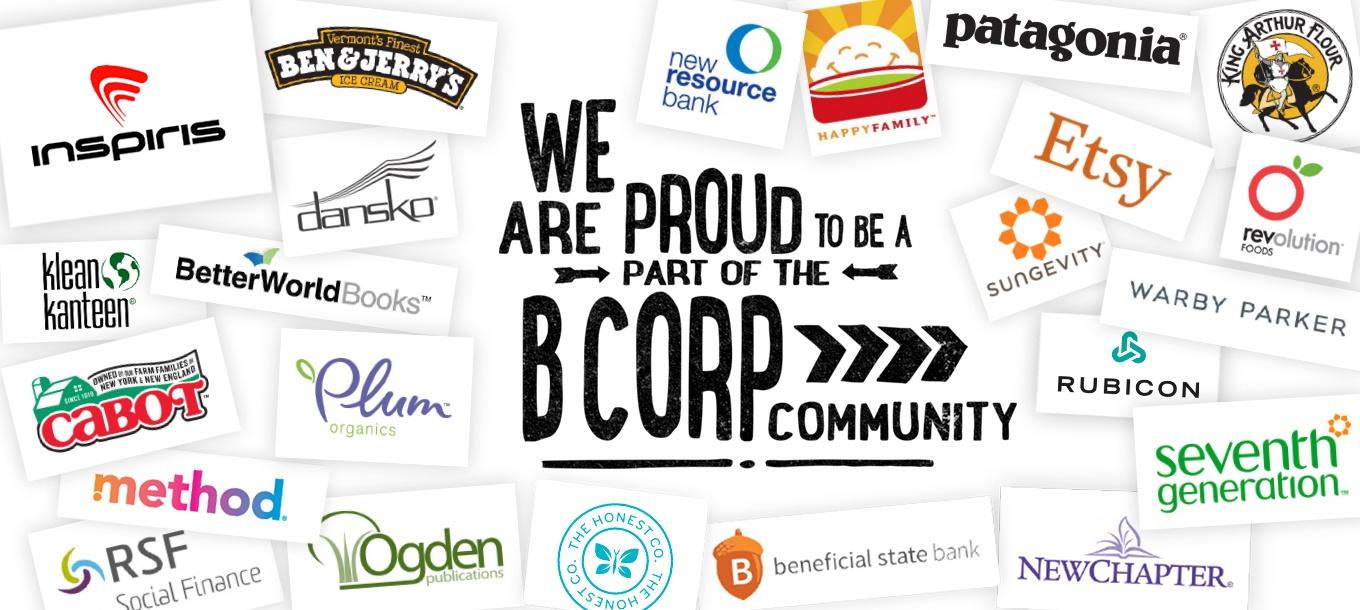Are you happy at work? Are you engaged with purpose in your work?
We spend 35 percent of our waking lives working. Yet according to Gallup research, just 13 percent of employees are truly engaged in their jobs, which means “involved in, enthusiastic about, and committed to their work and workplace.” The remaining 87 percent of employees, reports Gallup, “are either not engaged or indifferent – or even worse, actively disengaged and potentially hostile – to their organizations.”
Last week, TriplePundit received an in-depth introduction to a company that epitomizes engagement and happiness. Celebrating its 25th anniversary, G Adventures is the world’s first and largest adventure travel company, connecting people across the world through responsible group tours that strive to generate positive impact on local communities where it operates. G Adventures can be found atop nearly every recent list released by the Great Places to Work Institute, an internationally regarded global research and consulting organization that meticulously polls employees to report on the world’s best workplaces.
What does happiness look like in business? G Adventures says it all starts with love -- the first of five core values etched boldly across the wall at Basecamp, G Adventures' headquarters in Toronto, Canada. Driven by love, the remainder of the core values include leading (with service), embracing (the bizarre), creating (happiness and community), and doing (the right thing). This is also a central theme in "Looptail," the New York Times bestselling book written by G Adventures’ Founder, Bruce Poon Tip. The book explores the power of a business that prioritizes love in its relationship with employees, customers and communities across the world.
Loving employees
As a unique travel company, G Adventures benefits from an inherently powerful tool to enhance employee engagement by offering each employee one week of free G Adventure-style travel anywhere in the world.
But G Adventures’ leadership cares deeply about how its employees feel during the other 51 weeks of the year. “I want people to love coming to work each day,” Poon Tip states enthusiastically. “[I want to] create a place where people don’t just come to work, but where they feel that they are contributing to something greater. Do that and their work, no matter what it is they do, becomes a calling.” This is especially challenging considering that G Adventures now has nearly 1,200 employees dispersed across 100 countries, representing a diverse array of cultural perspectives and preferences, about 30 percent of whom will never even meet their leader in their entire career.
His first step in this mission was to eliminate the company’s HR department in 2011. The death of HR, commemorated with an ad-hoc funeral at Basecamp, gave rise to two new entities – the Talent Agency, which handles recruiting, and the G Force, whose self-dubbed “Karma Chameleons” organize company events and promote company values through newsletters and broadcasts.
Don’t believe me? Ask the Mayor of G Adventures. That’s right, the company elected a mayor, whose job description, as the face of the G Force, is to spread happiness through the company and around the world. Mayor Dave Holmes explained the philosophy behind his role: “Happy employees are more likely to innovate and breath life into the company … and less likely to burn out. Life is too short not to be happy. We spend so much time in the workplace. Why not be as happy as possible in the workplace?”
Mayor Dave’s love and enthusiasm radiated contagiously through the building as he guided us along a tour that felt more like a theme park than the headquarters of a thriving global company – the same tour he hosts to indulge a variety of companies including the reputed masters of employee engagement at Google. After offering popcorn and ice cream, and challenging me to an arcade game battle of Street Fighter II, he introduced us to a series of conference rooms, each themed according to inspiring figures who have changed the world. We posed with a life-sized cardboard figure of Captain Kirk in the Star Trek room, lounged in cushy airplane seats in the Wright Brothers room, and donned striped hats and goofy wigs in the Dr. Seuss room. Unfortunately the light sabers eluded our grasp, held up securely in the Star Wars room, which was occupied for a meeting with National Geographic Society president and CEO, Gary E. Knell.
Then came our introduction to the Talent Agency, who was busy interviewing a new job candidate in the ball pit. As I reminisced on childhood birthdays spent diving into similar arrangements at Chuck E. Cheese's, the candidate spun a large Crown and Anchor wheel on the wall, which clicked ominously to a landing upon her next interview question: "How much of the theme song from 'The Fresh Prince of Bel-Air' can you remember? Prove it." We watched in awe as she proceeded to do so without skipping a beat … in Spanish. The idea is to make sure the recruit is a good fit to contribute to company culture.
As we walked through the office, we were greeted warmly by members of each team, who graciously set their work aside and gushed about their respective roles in the company. It was not surprising to learn that staff turnover at G Adventures is a mere 5 percent annually, compared with the travel industry average of 35 percent.
Their happiness, we learned, is derived from a code that ensures four conditions which should be applied to both work and life: Freedom, the ability to grow, being connected and being part of something bigger than themselves. Poon Tip details his theory on management in "Looptail":
“I believe that if businesses what to want to be both sustainable and successful, they have to infuse their organizations with passion and purpose, as a way to engage the people inside the business, which will in turn engage people outside of it.”
Loving customers
Customer satisfaction ratings at G Adventures consistently register around 99 percent. Keep in mind that these numbers are based on a 50-percent customer response rate from more than 110,000 travelers per year.
Inspired by Disney, Poon Tip aspires to create a similar kind of magic by providing an immersive, transformational experience for his customers. “We lead people out of their comfort zones and into a place that is so different from anything they’ve ever experienced. For that moment, they are free and open to anything – whether it’s food, culture, music, or the outdoors. They become receptive to having a life-changing experience.”
The product in itself is transformative, however Poon Tip refers to G Adventures’ ongoing relationship with its customers as the transcendence of the business. “We pride ourselves on our ability to have a full ongoing dialog with our customers without even talking about the product.” One recent example was the outpouring of donations from customers and fans of more than $200,000 raised for relief efforts in the days following Nepal’s devastating earthquake.
The Incite Team, G Adventures’ in-house group of customer advocates, is tasked with understanding customers and collecting stories to improve connection with travelers. They are also the givers of ‘Random Acts of G,’ which empower every customer-facing employee with executive authority to shower customers with gifts and provide for customers’ needs. Tales of abound of special gifts given to loyal customers, including emergency packages mailed to sick customers. These customer service champions operate under mottos like “people will always remember how you made them feel," “we’re only as good as our next unsatisfied customer” and “if we don’t love and take care of our customers, someone else will.”
"Looptail" captures the company’s principles perfectly: “Happiness is about creating a movement, one that revolves around finding your happiness through the happiness of other people. This is a very powerful thing, to bring a group of people together and to motivate them to truly believe that their individual well-being revolves around what they can do for others.” In the case of G Adventures, “other people” live in communities dispersed across the world, to far corners often overlooked by multinational business and most of humanity.
Loving communities across the world
Out of every $100 spent on vacation by a tourist from a developed country, only $5 stays in the destinations economy. For 25 years, G Adventures has led a movement to transform the travel industry’s historically destructive effects on local communities, with a model that supports local businesses and seeks to maximize positive impact on the people who call these places home. In addition to carefully constructing responsible trips, G Adventures launched a nonprofit called Planeterra, which is funded by a mix of company profits and donations from customers with the mission to improve people’s lives by creating and supporting social enterprises that bring underserved communities into the tourism value chain.
Last week, G Adventures unveiled its ’50 in 5 Campaign’ -- a five-year plan to integrate 50 new social enterprise projects into its trips by 2020. This commitment will add to the 25 already existing projects to ensure that by the end of 2020, over 90 percent of G Adventures travelers will have the option to visit one or more of these projects on their tours.
In an exclusive interview, Planeterra Foundation president and VP of sustainability at G Adventures, Jamie Sweeting, touched on the recent success of such projects and their potential for future impact. Sweeting described projects ranging from support of locally-owned restaurants with training and investment to building and expanding carefully selected, high-impact organizations.
One of the most successful projects is what Sweeting called a “tourismification” and expansion of an already established and effective nonprofit in New Delhi, India, called Women on Wheels. Planeterra has invested significant resources in training and vehicles to expand an organization that empowers disadvantaged women to become drivers in the travel industry, while providing safe transport for female travelers.
Sweeting also shed light on Planeterra’s leadership in measuring the impact of travel on local communities, not only for G Adventures tours, but the industry more broadly. “Within our project with the Inter-American Development Bank, we developed a brand new way of monitoring and evaluating the impact of tourism enterprises. We’re also working with Sustainable Travel International to pilot the impact monitoring calculator and ground truth their methodology so that they can roll out for companies like Hilton and Royal Caribbean to use.” G Adventures' investment in Planeterra means that it's impact on communities is limited only by the company's potential to scale.
Last week, G Adventures celebrated its 25th anniversary with an announcement that will enable the company to expand its reach and spread its happiness exponentially across the world -- a partnership with one of the world's most iconic brands -- National Geographic. Beginning Dec. 15, National Geographic and G Adventures will release an initial lineup of 70 trips in a joint effort to make global travel more accessible, authentic, meaningful and sustainable, creating a happier and more interconnected world.
Poon Tip’s book, and the G Adventures' logo, was named for the belief that good karma “looptails” back to its source. It is a fitting image for a company founded by a 22-year-old who survived for three years by eating falafel and Doritos and maxing out multiple credit cards with a dream to change the world through travel. Twenty-five years later, that same company has grown to over $320 million in revenue, all in its mission to spread happiness around the world. Only karma will tell how happiness will looptail back to G Adventures in the 25 years to come.
Image credits: G Adventures, used with permission




















